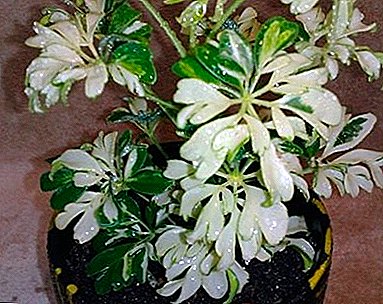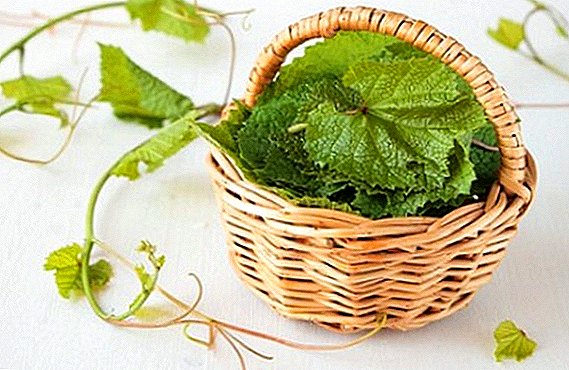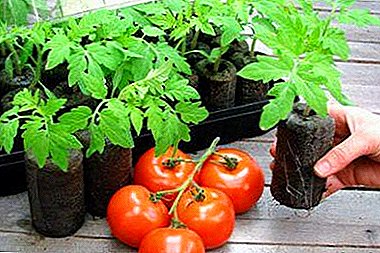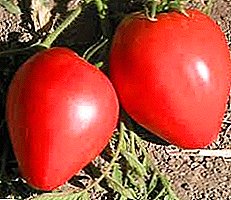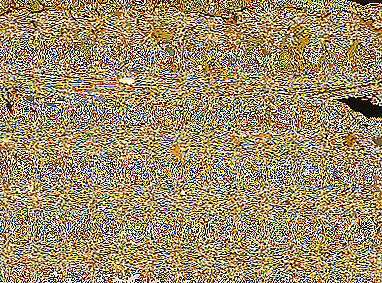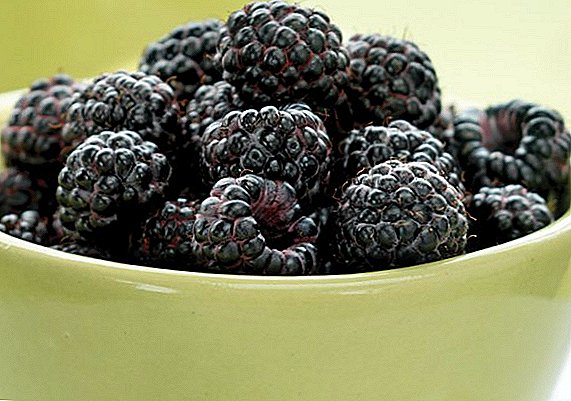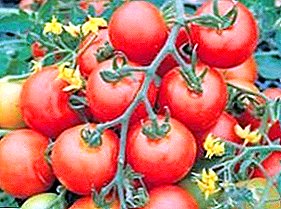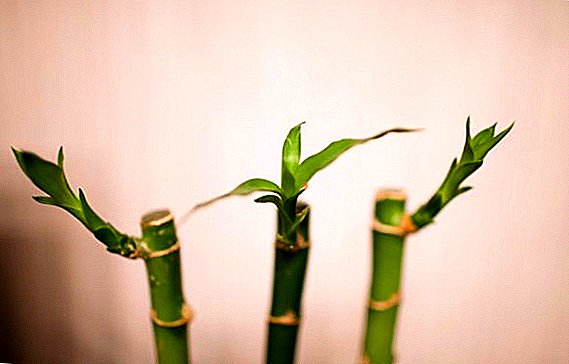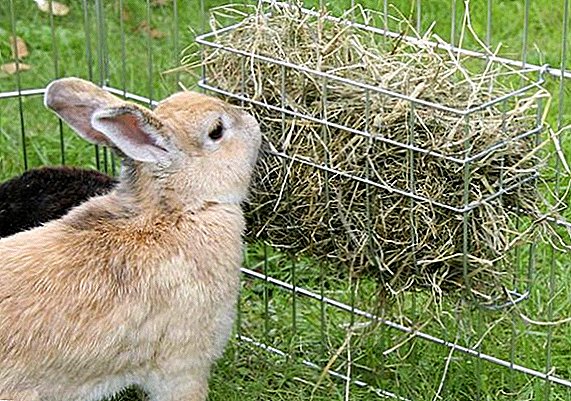 In the wild, rabbits eat mostly grass, and can do this for 7 hours a day. Their alimentary tract is adapted to similar eating habits, since dietary fibers, after being introduced into the intestine, set it in motion, thus leaving it healthy. However, during the year it is impossible to provide animals with fresh food, and any disruption in the digestive cycle can lead to serious problems or even death. In this case, the ideal is dried grass, which saves a large amount of nutrients. Consider which hay is better for rabbits, how to prepare it and feed it to animals.
In the wild, rabbits eat mostly grass, and can do this for 7 hours a day. Their alimentary tract is adapted to similar eating habits, since dietary fibers, after being introduced into the intestine, set it in motion, thus leaving it healthy. However, during the year it is impossible to provide animals with fresh food, and any disruption in the digestive cycle can lead to serious problems or even death. In this case, the ideal is dried grass, which saves a large amount of nutrients. Consider which hay is better for rabbits, how to prepare it and feed it to animals.
What should be the hay for rabbits
Appearance and useful value of hay directly depend on the type of grass, time of its collection and storage.

Hay for rabbits should comply with the following recommendations:
- the color should be green - this indicates that the workpiece was carried out according to all the rules;
- a quality product should smell fresh and have no extraneous odors;
- for long storage hay must be well dried;
- blades of grass should be of medium size;
- the composition should be missing clover and alfalfa.
Important! Hay and drinking water - The most important components of the diet of rabbits. It is important for maintaining the intestinal muscles in the tonus and for ensuring that the swallowed hair is removed from the body.
Necessary plants
It is known that not only the taste of its meat, but also the presentation of the skins depends on the nutrition of the animal. Since many rabbit owners have land plots, it is recommended to sow grass on their own, which will serve as an excellent pet food during the cold season.
The best hay for rabbits comes from lupine, sulphide, and seed. Excellent food is rhubarb - this perennial plant will solve the problem of nutrition for a long time, as well as dandelions, which will add color to the plot in summer. You can choose something from this list, having learned the preferences of your rabbits, but it is important to remember that monotonous food for animals is not recommended.
It is interesting to read about the cultivation of different breeds of rabbits: white giant, Californian, black and brown, Risen, Butterfly, Gray giant, Flandre, Baran, Rex.
Dangerous herbs in the diet
When harvesting hay from herbs and other plants, it is important to remember that not all their species are equally useful and there are even poisonous ones. Despite the fact that during the drying they lose their toxic qualities, it is not necessary to experiment. It is better to try to have only approved herbs in the composition.
The list of poisonous plants includes such as buttercup, celandine, autumn crocus, cycuta, dope, foxglove and marigold. In their own harvested hay should not be.
Did you know? Rabbit thanks to the forked uterus can simultaneously bear two offspring from different males. This explains the fertility of rabbits.
Proper preparation
Knowing how much hay the rabbit needs for the winter, it is important to properly prepare it. It is recommended to begin work in the summer before flowering plants. To dry the grass should be in places where the sun does not fall, placing it on special stakes, set in the form of a pyramid.
Such an arrangement will provide good ventilation and at the same time retain a large number of useful trace elements. Another way to get a good feed is harvesting haylage: the harvested grass is felled to a moisture content of 40%, crushed and preserved in hermetic stores.
Storage conditions
Shelf life of dried grass - 1 year, with a longer period, it will lose most of the nutritional qualities. Ready-made hay can be stored near rabbit cages - the main thing is to have a canopy over it. Storage on the street involves the formation of stacks, which are necessarily covered with a thick film or make a light awning canopy.
Important! To prevent certain types of hay, for example, broadleaf grasses and legumes, which are scattered into dust, are not wasted in vain, they should be used in the mash as a nutritive part.
Feeding rules
For a full life and development of the rabbits need to fully eat. Every self-respecting owner of these animals should know how much hay a rabbit needs per day. The rules for feeding rabbits are as follows:
- They eat about 4-5 times a day, so food should be constantly available.
- The same goes for water - it must be clean.
- New feed is introduced gradually throughout the week.
- With simultaneous feeding of different feeds first give the grain, and only then - juicy and coarse.
- Rabbits important feeding mode, with a certain schedule of food will be better absorbed.
- Together with hay, it is recommended to give cabbage or tops of root crops. These products have binding properties.
- The grass give dried, cereals - crushed.
- Food is placed only in the feeders and constantly monitor its quality.

Did you know? Previously, rabbits in groups were planted on uninhabited islands. This was done so that the victims of shipwrecks had something to eat while they were not found.
The amount of feed needed is determined by eating and condition of animals. About calculate the number for an adult individual can be according to this ratio:
- during the cold period - about 40% of roughage, 35% of grain and 25% of root crops;
- in the summer, 60% of juicy feed and grass and 40% of concentrates.
For the treatment of various diseases of rabbits use such drugs: "Baytril", "E-selenium", "Lozeval". Against coccidiosis is a particularly effective drug "Solikoks".
What can replace hay
Feeding rabbits without hay is impossible, since it only contains fibers, without which there is no normal functioning of these animals. Even a large amount of greens and root crops will not replace it, since there are vitamins in the hay that affect the ability of rabbits to breed. However, it happens that animals refuse dry grass.
In this case, you can try to replace it with greens of radish and carrots, cabbage leaves and celery. Also suitable branches of apple trees or conifers. To cope with the lack of fiber will help coarse fibers contained in the granulated feed.

Observing carefully your pets, you can understand what eating habits they have. This will help to choose a balanced feed, which not only suits them, but also will be useful.


